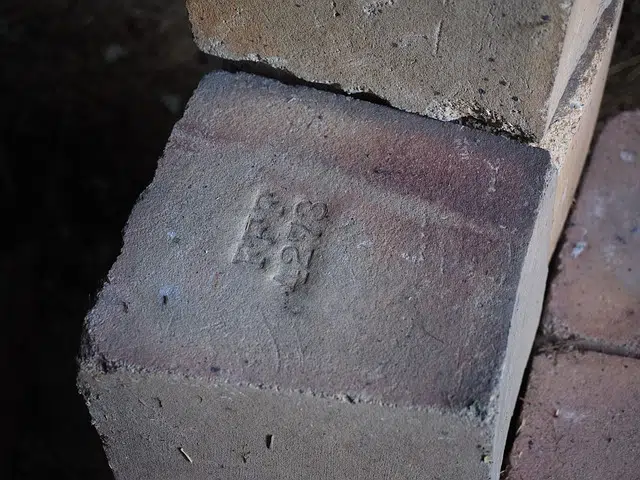
Lime is used in masonry.
Lime is a grayish or whitish substance that is formed by calcium oxide . The term has its etymological origin in the Latin word calx .
Lime is produced when a calcareous mineral is completely burned, whereby the fire eliminates the carbonic acid from its composition. This process is known as calcining .
When lime comes into contact with water , it can slake (hydrate). In this framework, a release of heat occurs.
Types of lime
Calcium oxide itself is called quicklime . This substance is caustic: it burns the tissues of people and animals. That is why it must be handled with great caution.
Dead lime , slaked lime or hydrated lime , meanwhile, arises when quicklime is treated with water . In this case, the most important component of the product is calcium hydroxide . The hydration of quicklime can be carried out with a limited level of water (resulting in a dry powder), with a medium amount (producing a paste) or with a lot of water (generating a suspension).
Hydraulic lime , on the other hand, arises from calcining those limestones that have about 20% clay in their composition . After calcination and spraying, it can be mixed with water to set like cement.
Uses and applications
Human beings have used lime since ancient times. One of its most frequent uses is in the creation of mortar , a conglomerate made up of lime, water and sand that is used in masonry.
Mortar is part of the set of mortars , which are masses made with water, sand and a binder. Lime, in this framework, is the binder (the material used to join the components).

Bricks made with lime can be used to build.
Thanks to mortar, it is possible to join bricks or stones in construction . This mortar made with lime has good durability, can adapt to different structures and is economical, although it offers less resistance than cement mortars.
Lime is also used to paint facades and walls . It is usually applied in homes built with adobe . In the Mediterranean area, many towns are characterized by their white houses, which acquire this tone when they are painted with lime to reflect sunlight and minimize heat entry.
Lime in agriculture and gastronomy
In agricultural work, lime can be used as a fertilizer and as a biocide and to optimize soil characteristics. This is because it supplies calcium to the crops and raises the pH of the soil, to mention two of its contributions.
Lime is even used for cooking. One way to prepare pumpkin in syrup , for example, consists of submerging cubes of this food in a solution of water and lime. In this way, the pumpkin acquires a crispy coating . Of course, the pieces of the fruit must then be rinsed well so that no traces of lime remain.
